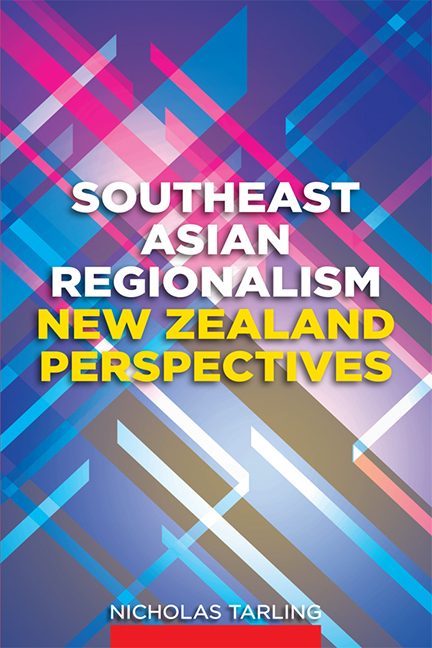Summary
The seventh ministerial meeting was held in Jakarta, 7–9 May 1974. The counsellor in the Singapore Embassy told the Australians that “the major agreement reached had been on agreeing to disagree”. They were told by Adenan of the Indonesian Ministry that the Philippine proposal on the formal machinery for settling disputes had not been well received. “Malaysia wanted first the zone of peace. Indonesia did not want formal machinery linked with great power guarantees.” ASEAN should produce its own machinery, “and the Indonesian way was to do this by informal bi-lateral or tri-lateral contacts whenever necessary”. For the sake of unanimity, the press statement referred to the Philippine proposal as being accepted in principle.
The New Zealand High Commission in Kuala Lumpur reported the views of Under-Secretary Talalla, who had been at the meeting. He agreed that economic progress was slow, but that was bound to be the case, since the organization included no countries with large resources of expertise or capital. He “was inclined to place greater emphasis on the political value of Asean and on the political aspects of the recent meeting.… There was now a well established mutual concern to preserve harmony.” The High Commissioner thought that was shown by the Philippines' readiness to stand down their offer to host the proposed secretariat and by the deferment to Malaysia's sensitivity over the settlement of disputes. The Philippines had proposed establishing appropriate “machinery”. “This could have been interpreted as implying the establishment of a rigid system of referral to a tribunal or court of arbitration and it caused the Malaysians some disquiet, particularly because of their long-standing difficulty with the Philippines over the problem of Muslim insurgency. The Philippines agreed to change the term to “procedures'.” Officials, said Talalla, still had to work out the details and then ministers would examine the proposals.
The New Zealand officials referred to the improved situation in Laos, where a Provisional Government of National Union had been formed.
- Type
- Chapter
- Information
- Southeast Asian RegionalismNew Zealand Perspectives, pp. 53 - 75Publisher: ISEAS–Yusof Ishak InstitutePrint publication year: 2011



